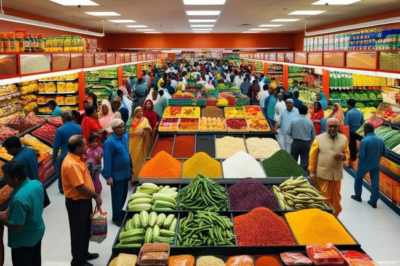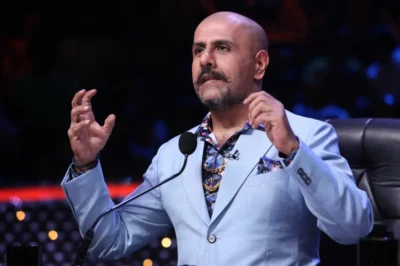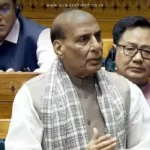
- A recent study reveals that only 10% of Indians have enough disposable income for non-essential spending.
- India’s middle class is shrinking, with stagnant wages and declining savings.
- The rise of AI and automation threatens white-collar jobs, deepening economic inequality.
Is India’s Consumer Market Shrinking Instead of Expanding?
India, despite having a massive population of 1.4 billion, has a surprisingly small group of people who actively drive consumer spending. A report by Blume Ventures highlights that only 130-140 million Indians, or about 10% of the population, can afford to spend on non-essential goods and services. This group, known as the “consuming class,” is the primary target for businesses, including startups and luxury brands.
Meanwhile, another 300 million people fall into the “aspirant consumers” category. They are gradually increasing their spending, thanks to digital payment adoption, but remain cautious with their purchases. While platforms like UPI and AutoPay have made small-ticket transactions easier, this segment still does not have the financial strength to drive major consumer trends.
The biggest concern? A staggering one billion Indians lack enough income for discretionary spending, making them an untapped and inaccessible market for most businesses.
Why Is India’s Middle Class Struggling?
One of the most alarming findings of the report is the decline of India’s middle class. A study by Marcellus Investment Managers reveals that the middle 50% of India’s tax-paying population has seen little to no wage growth in the last decade. When adjusted for inflation, their real income has effectively halved.
This decline has had a major impact on spending habits. Five years ago, affordable housing made up 40% of the market, but today, it has shrunk to just 18%. Instead, there’s been a surge in demand for luxury homes and premium smartphones, indicating that businesses are focusing more on high-end products rather than catering to the mass market.
Adding to these economic struggles, household savings are at a near 50-year low, according to the Reserve Bank of India (RBI). With rising costs and stagnant wages, many middle-class families are finding it harder to maintain their standard of living.
Is AI Making Things Worse?
On top of economic slowdown and declining purchasing power, AI and automation are now threatening job security. The rise of AI-powered systems is replacing clerical and administrative roles, while even managerial jobs in manufacturing are at risk.
The Economic Survey 2025 warns that although AI can improve productivity, it could also lead to large-scale job losses, especially in labour-intensive industries. Some experts suggest taxing AI-driven profits to fund worker retraining programs, but the IMF has cautioned that such policies might hurt economic growth.
The report emphasizes the need for a balanced approach, urging the government, private sector, and educational institutions to collaborate on ensuring AI adoption benefits all economic classes. Without intervention, job losses could further deepen India’s financial divide.
A Widening Gap Between Rich and Poor
India’s economic future is becoming increasingly unequal. The rich continue to grow wealthier, the middle class is shrinking, and the majority of the population remains excluded from consumer-driven growth. As AI disrupts jobs and savings decline, policymakers must act quickly to prevent further financial instability.
The question remains: Will India’s economy adapt to include more people in its growth, or will the gap between rich and poor continue to widen?








































Leave a Reply